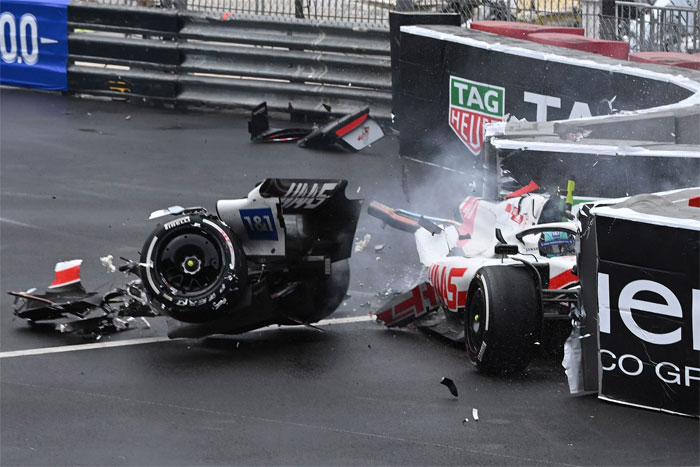The full impact of the increasingly heavy Formula One cars became clear with Mick Schumacher's frightening accident in Monaco.

The full impact of the increasingly heavy Formula 1 cars became clear with Mick Schumacher's frightening accident in Monaco.
This is the opinion of Fernando Alonso, who since his debut in 2001 has seen the weight of F1 cars increase from 600 to almost 800 kg today.
"The accident we saw was very serious," said the Spaniard. "It was almost like Jeddah, where Mick's car also broke in two. The gearbox separated from the chassis, just like in Monaco."
"Fortunately, he came out unscathed, but I hope F1 and the FIA will draw the right conclusions."
In fact, Alonso thinks that the fact that the car did not withstand the crashes is not necessarily a sign of design failure or excessive speed, but simply of the overweight nature of today's single-seaters.
"It seems that the car didn't break in two because there was something wrong with it. The problem is not the cars themselves, but their weight," the two-time world champion added.
"They are quite heavy, over 800 kg nowadays, so the inertia when they hit the wall is much higher than before. Maybe this experience will teach us something."